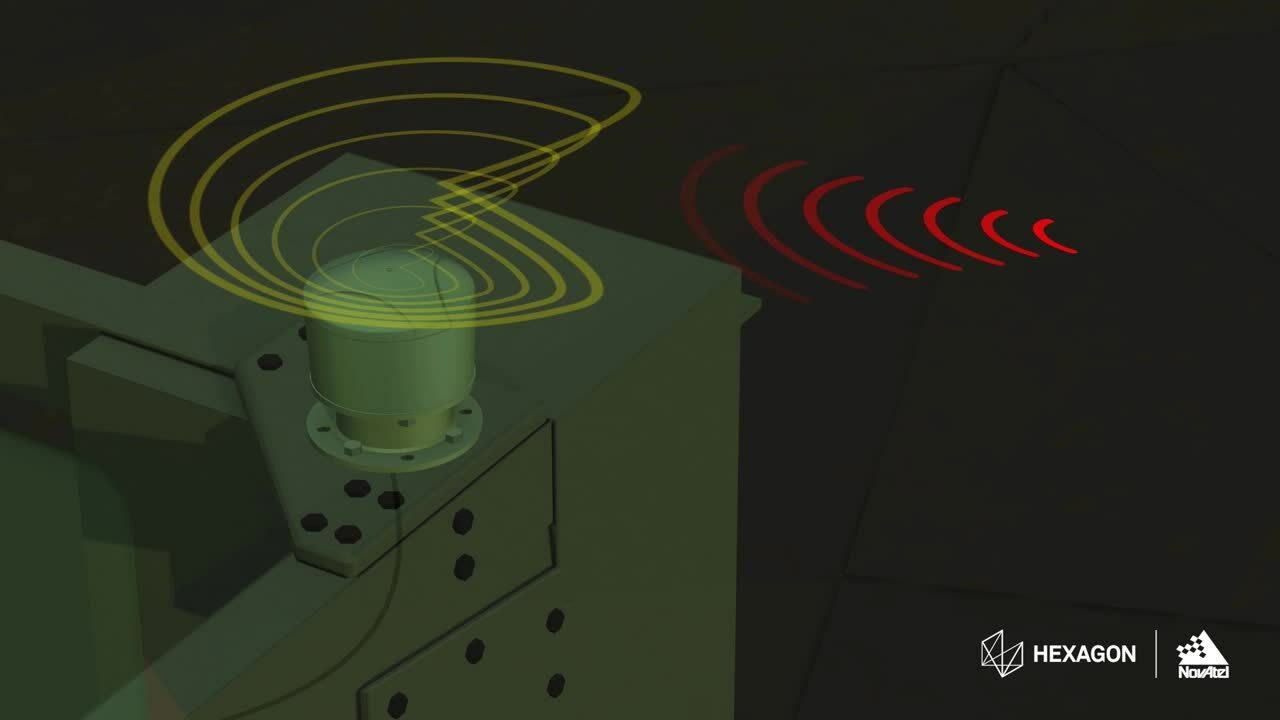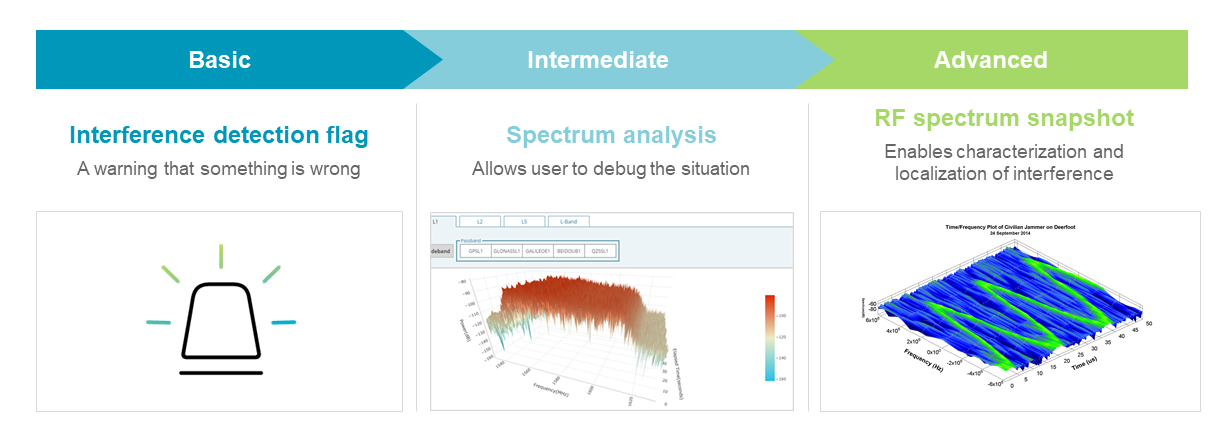
To improve your GNSS resiliency, first determine where you’re vulnerable
Signal resiliency is critical when operating in challenging and contested GNSS environments. Whether GNSS interference is intentional or not, your position, navigation and time (PNT) measurements must be protected. Hexagon | NovAtel protects your PNT and delivers a more resilient GNSS solution through its situational awareness and interference mitigation products.
Sources of GNSS Interference

Unintentional interference can come from nearby electronic communications towers, as well as your own equipment. (Photo: Matteo Ceruti / Adobe Stock)
GNSS signals transmitted from space are weakened from the atmosphere and multipath effects, making them susceptible to interference in your area. This interference can come from the very devices we design and build – for example, an errant clock line within a prototype smart antenna may cause frequency harmonics that disrupt the GNSS radio frequency and affect the entire system’s performance.
Interference can also be intentional. A moderately powered interference signal of only a few watts of power can disable GNSS signals for several miles. Even when that interference signal is low powered, the impact could be disastrous. Interference may cause signal dropouts resulting in increased range and position errors.

This image depicts how NovAtel can locate sources of interference through power and time difference information. Lighter colors indicate the likely direction of the interference source. (Photo: Paul Alves / Hexagon’s Autonomy & Positioning division)
Of even greater concern is intentional spoofing where an adversary can fool your receiver to make it appear that it is in a completely different location.
Situational Awareness: Identifying the problem
All GNSS receivers are vulnerable, so you have to become aware of your environment. This is known as situational awareness and ranges from system alerts to a radio frequency spectrum analysis.
Situational awareness options are built into all NovAtel OEM7® receivers, ranging from basic to advanced. At the most basic level, we can detect a change in the radio frequency environment and alert the user. The next level provides a log from the OEM7 receiver showing a frequency spectrum of GNSS signals. The spectrum power measurements are shown in absolute units, not just relative measurements, so the user can compare their situation and environment over time and determine whether the interference is internal or external.
The most advanced situational awareness capability of NovAtel OEM7 receivers outputs snapshots of time-tagged raw sampled radio frequency data, allowing for a combined time and frequency characterization of the interference.

Spoofing describes when your GNSS position is intentionally altered. When this occurs, you cannot fully trust the PNT your GNSS solution provides. (Photo: NovAtel)
By combining these technologies, users can create their own applications to geo-locate potential interference sources.
Situational awareness is a reactive step toward improving resiliency against interference. NovAtel’s 7.08.00 firmware adds the ability to detect spoofing attempts. While interference disrupts or jams your GNSS signal, spoofing intentionally falsifies your position altogether. NovAtel’s proprietary algorithms in its latest firmware alerts users that their PNT solution is experiencing a spoofing attack. This detection is indispensable for any application where trusted position, navigation and timing is needed.
Interference Mitigation: From a reactive to a proactive solution
Once situational awareness confirms you’re facing intentional or unintentional interference, the next step is to mitigate that interference. Through a unique set of functions ranging from basic to advanced, NovAtel OEM7 receivers can mitigate such interference.
By enabling a high dynamic range mode, the OEM7 receiver increases the linearity of the radio frequency circuitry to provide improved resiliency through a higher overall power usage. More advanced mitigation methods include examining spectrum analyses and applying digital filters to drastically reduce the interfering signal power before it begins affecting GNSS measurements.

Hexagon | NovAtel GPS Anti-Jamming Technology (GAJT) mitigates the impact from jamming signals.
The most advanced mitigation techniques use spatial processing available through NovAtel’s GPS Anti-Jamming Technology (GAJT) product line. GAJT uses multiple antenna elements to detect incoming interference, then digitally adapts the apparent antenna pattern to have less gain in the direction of the jamming signal. The result is a more resilient GNSS solution and protected PNT. GAJT is available under export license to authorized users for applications where GNSS performance in the presence of interference is mission critical.
Improving GNSS Resiliency through Awareness and Mitigation
GNSS plays an essential role for a growing number of applications across industries. NovAtel continues to add features to its product line to detect and mitigate against GNSS disruptions to ensure customers can continue to get their jobs done.
Reach out to the NovAtel sales team for more information on situational awareness and interference mitigation tools.
Header image: Paul Alves / Hexagon’s Autonomy & Positioning division
This page was produced by North Coast Media’s content marketing staff in collaboration with NovAtel. NCM Content Marketing connects marketers to audiences and delivers industry trends, business tips and product information. The GPS World editorial staff did not create this content.










